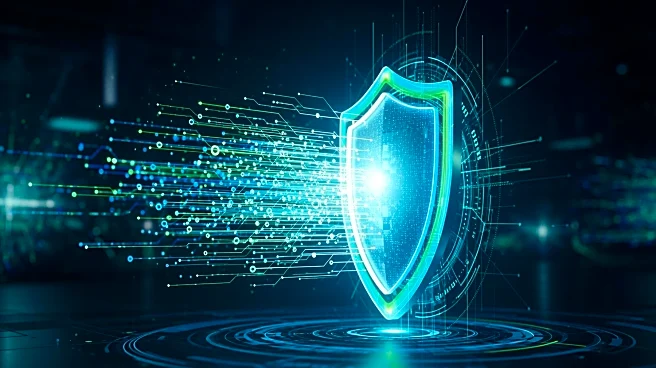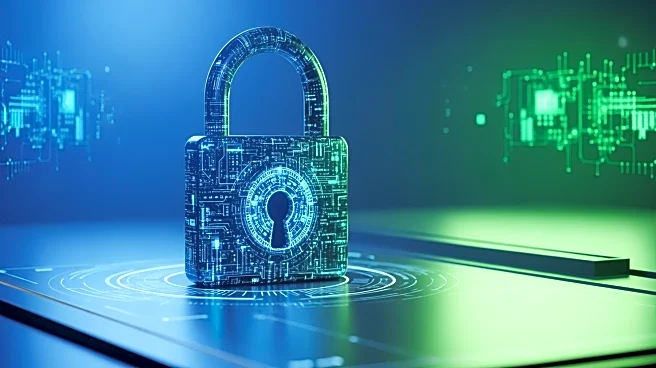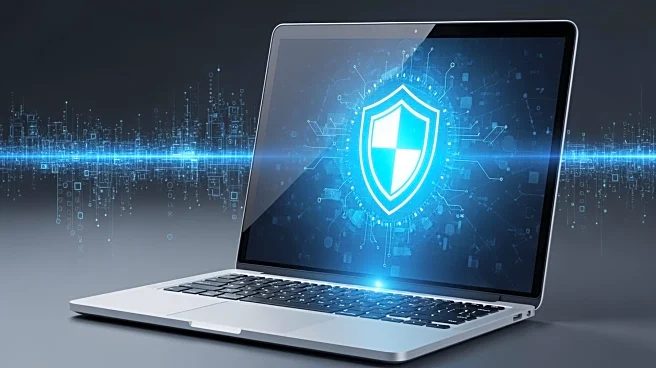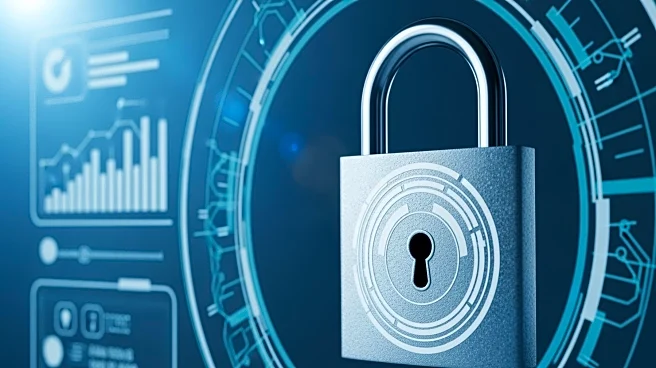What's Happening?
In 2024, nearly 60% of cyberattacks targeting public sector organizations were distributed denial-of-service (DDoS) intrusions, primarily conducted by hacktivist groups. According to Infosecurity Magazine,
municipal websites and government ministry portals were the primary targets of these attacks. An ENISA report highlighted that while DDoS attacks were the most frequent, data-related incidents posed greater damage. The report identified RansomHub, LockBit 3.0, and 8Base as the most common ransomware variants affecting the sector. To counter these threats, ENISA recommends implementing content delivery networks, web application firewalls, multi-factor authentication, privileged access management, data loss prevention, endpoint detection and response, network segmentation, and routine data backups.
Why It's Important?
The prevalence of hacktivist-led DDoS attacks against the public sector underscores the growing cybersecurity challenges faced by government entities. These attacks can disrupt essential services, compromise sensitive data, and undermine public trust in government operations. The identification of ransomware variants like RansomHub, LockBit 3.0, and 8Base highlights the evolving nature of cyber threats. Effective cybersecurity measures are crucial to protect public administrations and ensure the continuity of reliable public services. The recommendations by ENISA aim to bolster defenses against these threats, emphasizing the need for comprehensive cybersecurity strategies.
What's Next?
Public sector organizations are expected to enhance their cybersecurity frameworks by adopting ENISA's recommended measures. This includes strengthening network defenses, improving data protection protocols, and increasing awareness of potential threats. As cyber threats continue to evolve, ongoing collaboration between government bodies and cybersecurity experts will be essential to anticipate and mitigate future risks. The focus will likely be on developing more resilient systems and fostering a culture of cybersecurity awareness among public sector employees.
Beyond the Headlines
The rise in hacktivist-led cyberattacks reflects broader societal tensions and the use of digital platforms for activism. These attacks can be seen as a form of protest against government policies or actions, highlighting the intersection of technology and political expression. The ethical implications of hacktivism, including the balance between free expression and the potential harm caused by cyber disruptions, remain a topic of debate. As governments seek to protect their digital infrastructure, they must also consider the underlying causes of such activism and address them through policy and dialogue.











